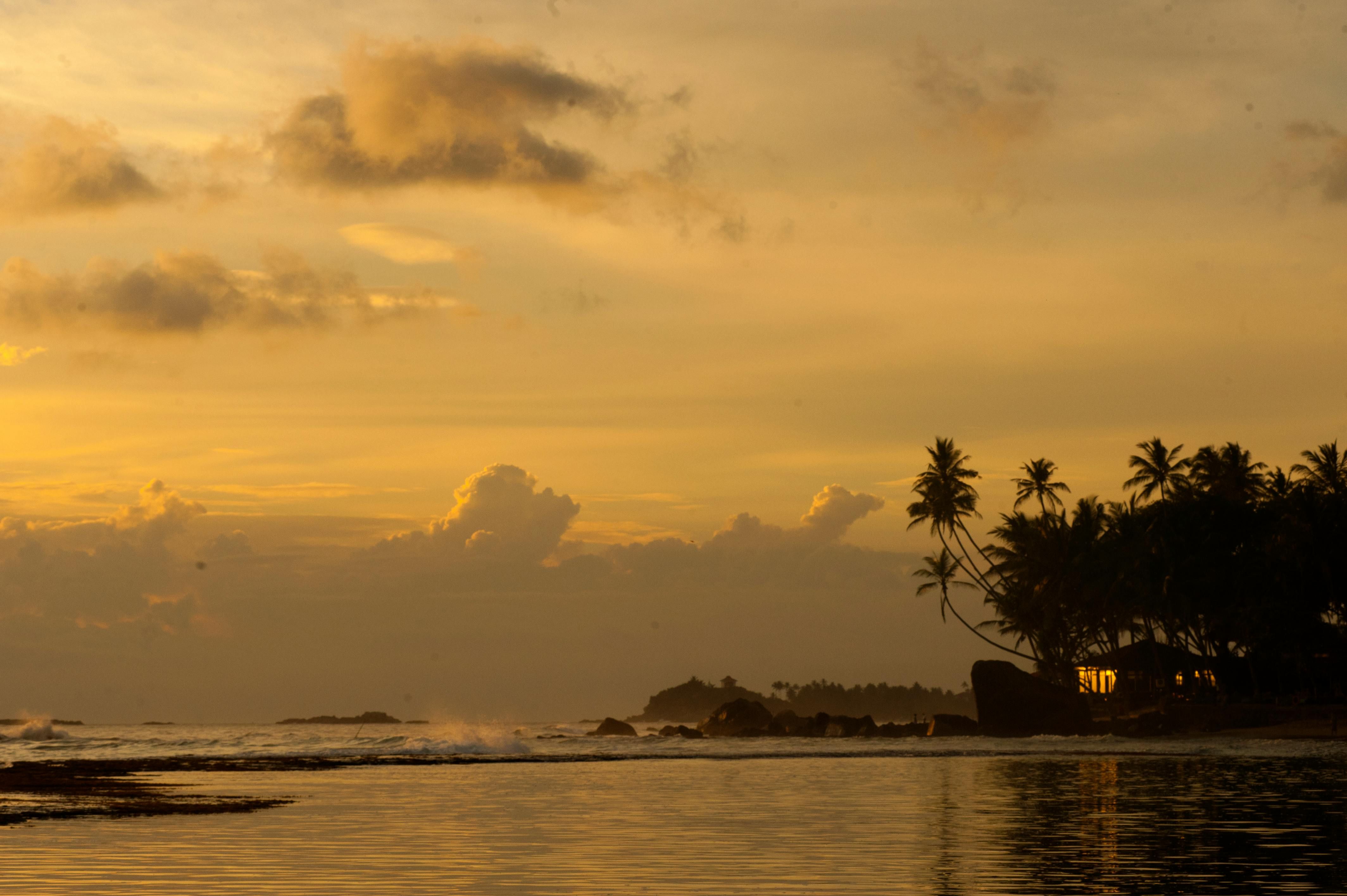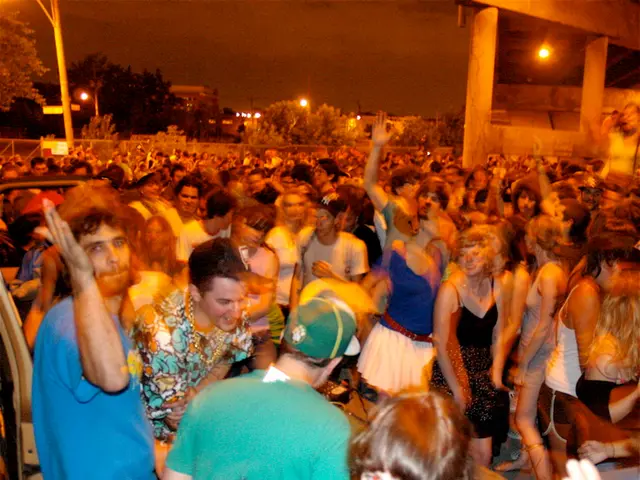Overcrowded Italian Ski Resort Imposes Restrictions on Day-Visitors, Seeking Tranquility
Tourism in Roccaraso: A Chaotic Weekend and New Measures
Scribble your perspective down below
Roccaraso, a popular ski resort in Abruzzo, found itself in a pickle last weekend when over 10,000 tourists descended upon the town, clogging roads and overcrowding ski slopes, leaving locals furious.
Flashing Ads
The mass of visitors were apparently attracted by Naples-born TikTok queen, Rita De Crescenzo, who beamed live ski footage to her impressive 1.7 million followers, alongside budget-friendly travel offers by travel agencies.
The Mayhem
The influx of tourists caused a ruckus, straining the town's resources and sparking anger among the 1,500 locals. Mayor Francesco Di Donato described the scene as an "assault," stating that the situation had become uncontrollable.
Following the chaotic weekend, Di Donato decided to take action, issuing an ordinance to limit tourist buses on Saturdays and Sundays and requiring bus operators to pre-book their trips online. The new rules will be enforced with around 100 police officers guarding the checkpoints set up on the state road leading to Roccarasco during weekends.
No Remorse
De Crescenzo initially evaded responsibility but expressed excitement about returning to Roccarasco this Sunday, confident that even more people than last weekend's crowd will show up, all thanks to her videos.
Over Tourism: The Global Issue
Tourist hotspots like Venice, Florence, and Rome have long been grappling with excessive tourism during peak seasons. Meanwhile, lesser-known destinations across the peninsula have experienced record numbers of visitors in recent months, attributable to rising social media coverage.
In the past, TikTok influencers triggered a visitor rush at the Chiesa di Sant'Ignazio di Loyola in Rome. The 17th-century church, famed for its mirror selfie spot, witnesses long queues on busy days.
Adapting to the Crisis
While there is no agreed-upon global strategy to control social media influencers promoting destinations, countries and regions are implementing various measures to curb overtourism. These encompass data-driven tactics, regulatory actions, and sustainable tourism practices.
Data is now being utilized to monitor tourist influxes, manage accommodations, and ensure balance between tourism and local needs. Digital tools like geo-tracking apps and digital passes help keep a real-time tab on tourist numbers, reducing overcrowding.
Regulatory measures include visitor quotas, tourist taxes, and eco-friendly policies, as seen in destinations like Santorini, Venice, and Portugal. The EU's European Tourism Agenda 2030 and the European Green Deal highlight the importance of sustainable tourism strategies, focusing on social sustainability and community resilience.
Direct regulation of influencers is not yet a prominent aspect of overtourism management, but as tourism recovers, a unified approach to influencer marketing and responsible tourism may gain traction.
What are your thoughts on this issue, and have you faced similar challenges in your community? Let us know in the comments below!
[1] Lima, M. (2020). How Big Data Can Help Balance Tourism for Cities and Residents. Scientific American | Focus. https://www.scientificamerican.com/article/how-big-data-can-help-balance-tourism-for-cities-and-residents/
[2] Harteveld, B. (2021). EU launches ambitious tourism policy roadmap for digital, sustainable and resilient growth in Europe. TravelDailyNews Media Network. https://www.traveldailynews.com/post/eu-launches-ambitious-tourism-policy-roadmap-for-digital-sustainable-and-resilient-growth-in-europe-303331
[3] Wheatman, S. (2019). Copenhagen soon to trial a ‘tourist tax’. Geo Tourism. https://geotourism.org/blog/copenhagen-soon-to-trial-a-tourist-tax
[4] Gossling, S., & Hall, C. M. (2006). Tourism, growth, and sustainability: Who is responsible? Annals of Tourism Research, 33(2), 394-405. https://doi.org/10.1016/j.annals.2005.06.009
[5] Constantinou, M. A., & Shaw, C. H. (2003). Managing overtourism: The case of major tourist destinations. Cornell Hospitality Quarterly, 44(4), 483-497. https://doi.org/10.1177/1935748603044004006
Join the conversation in the comments section below. Share your ideas and experiences on this topic, and if you have any suggestions or questions for our writers, feel free to email us at news@our website. Please remember to keep comments friendly, positive, and on-topic, and always read our terms of use before leaving a comment.
Log in here to comment.
Check This Out
- Music, festivities, and picnics: How Italy celebrates Labour Day on May 1st
- What's new in Italy in May 2025
- Transport strikes to expect in Italy in May 2025
- Italy's Cala Goloritzé recognized as the world's best beach
- Despite Roccaraso's chaotic weekend,other Italian destinations like Florence, Naples, and Rome have also struggled with overtourism during peak seasons, a global issue exacerbated by social media coverage.
- In response to the crisis, Mayor Di Donato issued an ordinance to limit tourist buses and require pre-booking, enforced by 100 police officers during weekends.
- The EU's European Tourism Agenda 2030 aims to address the issue through sustainable tourism strategies, focusing on social sustainability and community resilience.
- Meanwhile, popular Italian city, Venice, has implemented measures such as visitor quotas and eco-friendly policies to combat overtourism.
- The influx of tourists in Roccarasco reminded Rita De Crescenzo of her large following and the power of her influencer status, even while faced with backlash from locals.
- EU regions are also taking advantage of digital tools, like geo-tracking apps and digital passes, to monitor tourist numbers and reduce overcrowding.
- The Italian government could learn from these measures and implement similar strategies in popular tourist destinations like Rome and Florence.
- As the tourism industry recovers, it's essential to consider sustainable practices for the benefit of both the economy and Italian lifestyle.








